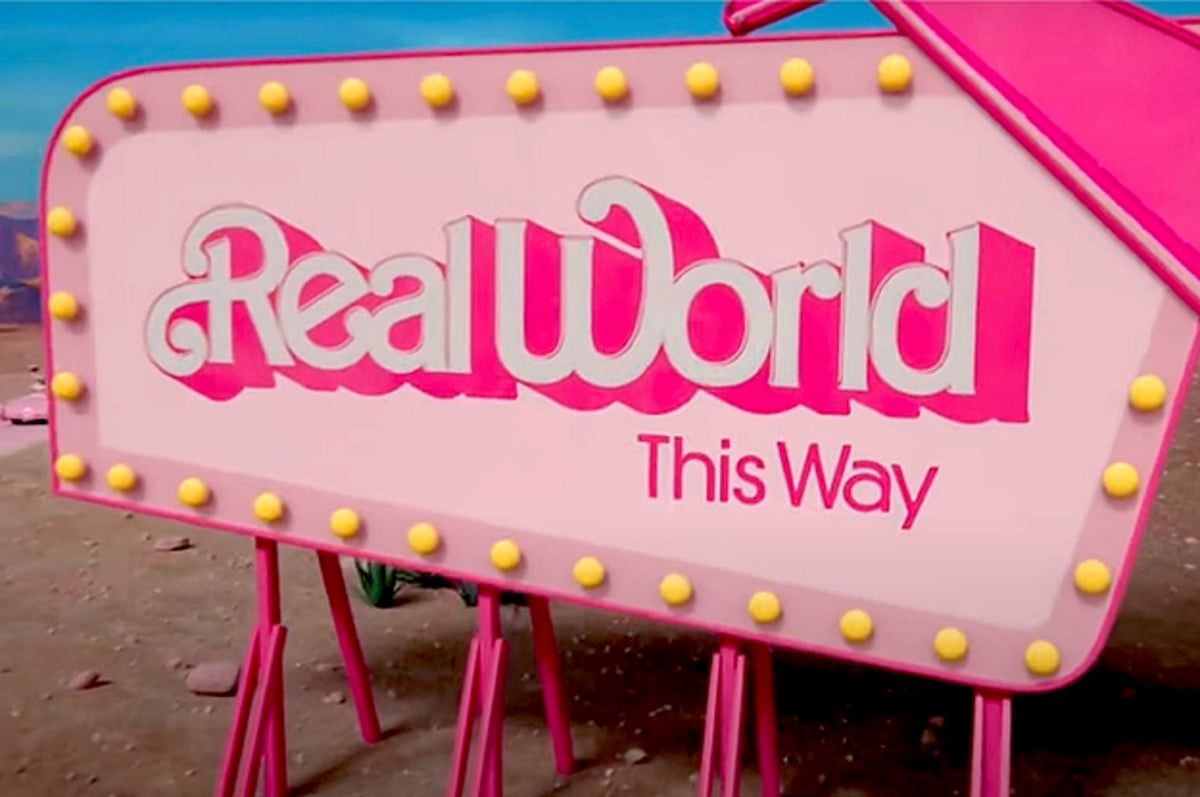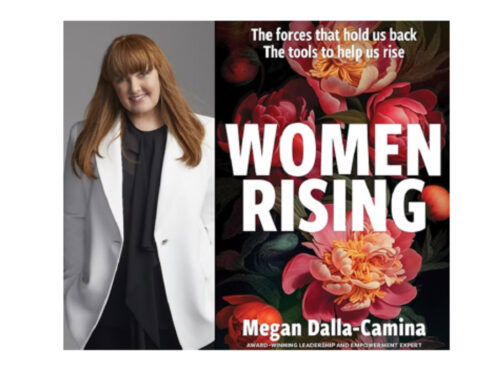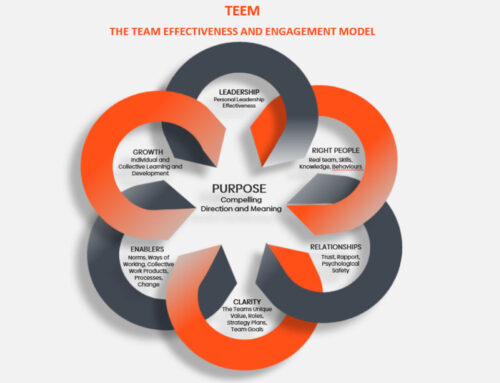
And what the leadership team needs to do about it.
You may recall that in our first article about how women can thrive in leadership, there was a reference to Gloria’s monologue in the Barbie movie. It was a fine performance by America Ferrera.
Talking about that scene in an interview with The Atlantic, Barbie’s director Greta Gerwig said, ‘When America was giving her beautiful speech, I was just sobbing, and then I looked around, and I realized everybody’s crying on the set. The men are crying too, because they have their own speech they feel they can’t ever give, you know? And they have their twin tightrope, which is also painful.’
That movie set with tears and tightropes could just as easily be any workplace in Australia. And, last week’s release of data on the gender pay gap by the Workplace Gender Equality Agency (WGEA) showing the average gap stubbornly sitting at 21.7%, is something we can all weep over too.
Not only is there more to do to create more equitable workplaces, but the change is everyone’s responsibility. Thankfully, there are some changes that we know make a big difference.
Here are simple, high-impact changes to make.
First up is to make sure the entry funnel is fair. Hiring slates should aim to be explicitly diverse. Training all team members involved in recruiting to manage unconscious bias and inclusion can make a big difference. Remember, we’ve travelled a long way from Stereotypical Barbie!
Next, leaders can take positive action by becoming talent scouts. It makes a big difference when talent is spotted and supported early on, and those talented people are offered development opportunities. Given there are a majority of men in senior leadership positions, they can make a huge difference by actively supporting female colleagues, which over time will change the dynamics and culture of organisations.
At a more senior level, there could be formal talent sponsorship programs that come with targeted development opportunities, assigned mentors and measurement of the program’s success.
Organisations can also encourage informal advocacy and support by creating inclusive networking opportunities. Making these events inclusive means challenging tried and true traditional networking events like golf, rugby and after-work drinks. These can still be in the mix. But how do you make sure that the busy career women on your team, who also have care responsibilities after normal work hours, can and want to participate? Making this a priority will also enrich the overall culture of your organisation.
And culture is important altogether. Viewing the challenges of workplace equity through a compliance lens will, at best, be sub-optimal. Rather, an authentic pursuit of equity for its own sake will yield superior results and will increasingly be an agenda item for boards.
Be clear about what you are pursuing.
One of the few positive developments during the Covid pandemic was that flexible work practices were tested on a massive scale and proved that significant changes could be made without negative organisational impacts. Creating hybrid work arrangements that support women to progress in their careers and manage their care responsibilities is possible with some creativity and acceptance of change. There is plenty of evidence that this is a win-win and it will remain a part of the frontier in the ongoing war for talent.
And finally, consider targets and quotas. According to the WGEA, ‘Targets can take a long period of time to be effective; quotas work more speedily.’ The debate has gone on for years and we don’t have the space to go into it here, but you can find out more in this WGEA paper. However you decide to go, your leadership team must make commitments, and your organisation must make progress.
Once Mattel becomes aware that Barbie has entered the real world we hear the CEO, brilliantly cast with Will Ferrell, tell his all-male board that ‘no one rests until this doll is back in the box.’ It proves impossible. And it is impossible. The box is gone, and Barbie knows too much. Since we all want fewer tears, let’s start making the changes that we know will work. There is no other option. We’re not going back.
Libby Roy, Executive Coach at ECI Partners
Download PDF 1
Download PDF 2
To connect with us about executive coaching please contact us here.


